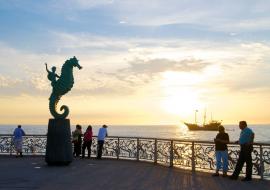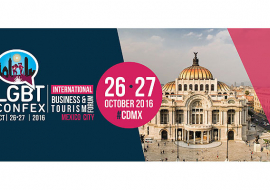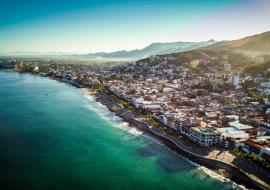More Gay Travelers Scaled Back in 2009
Gay and lesbian Americans have long been regarded as “Teflon travelers,” more willing to spend and less prone to postpone or cancel travel plans. But even that hardy group seems to have felt the pinch of the recession, according to San Francisco-based research firm Community Marketing Inc.
Gay, lesbian, bisexual and transgender travelers who scaled back in 2009 outnumbered those who increased travel for the first time in over a decade, Community Marketing found in its 14th annual Gay & Lesbian Tourism Report.
Business travel and cruise vacations, in particular, were down sharply last year among LGBT travelers. However, nearly all categories of LGBT travel showed some loss compared with an October 2008 survey, which the firm said had largely showed “net-even” travel patterns.
LGBT leisure travel was off 5 percent for 2009. The decreases are the first since Community Marketing launched the Gay & Lesbian Tourism Report in 1994.
This year’s survey found that 43.8 percent of LGBT travelers took fewer business trips, while 37.5 percent took the same amount and 18.7 percent took more. Among cruisers, 45.2 percent took fewer cruises, while 39.3 percent took the same number and 15.5 percent took more.
While a plurality of survey participants reported the same amount of overall travel (39.3 percent), leisure travel (42.3 percent), flights (39 percent) and hotel nights (48.1 percent), the percentages belie a sharper truth: Overall, more of the 4,726 survey participants this past October reported a decrease in travel than an increase. (In 2008, equal numbers of respondents reported increased and decreased travel, for that net-even effect.)
The report found that recession-influenced decreases in LGBT travel are affecting small and midsize destination markets worse than bigger ones.
While every major North American urban destination except for Washington saw a decrease in arrivals, markets such as New York and San Francisco had drops of under 5 percent, while midsize cities, isolated destinations and resort towns suffered losses of 10 percent to 20 percent.
A bright spot in the survey was the staycation category, with 66 percent of survey respondents reporting a regional drive vacation of more than two hours in 2009, 42 percent a drive vacation of under two hours and 14 percent a hotel stay within their own city.














